Self-lubricating bearings are a key component in modern machinery, offering significant benefits over traditional bearings that require external lubrication. These bearings are designed to maintain optimal lubrication levels throughout their lifecycle, reducing friction, wear, and maintenance needs. Self-lubricating bearings come in various types, each suited for different applications and operating conditions. This article explores the different types of self-lubricating bearings and their uses across various industries.
Types of Self-Lubricating Bearings
Solid Lubricant Bearings
Solid lubricant bearings are made from materials that incorporate solid lubricants, such as graphite, PTFE (polytetrafluoroethylene), or MoS2 (molybdenum disulfide). These materials provide self-lubrication without the need for external oil or grease. The lubricant is embedded in the bearing material, which gradually releases the lubricant during operation, reducing friction and wear. Solid lubricant bearings are ideal for low-speed, high-load applications and are often used in environments where external lubrication is impractical, such as in food processing or medical equipment.
Porous Bearings
Porous self-lubricating bearings are made from materials that have tiny pores that hold lubricants, allowing them to be released slowly as the bearing operates. These bearings typically use materials like bronze or sintered metal. Porous bearings are widely used in heavy machinery and automotive applications where high-load capabilities are needed. The lubricant is stored within the material itself, allowing for extended periods of use without requiring manual lubrication.
Composite Bearings
Composite bearings combine various materials such as metal and polymer-based compounds to create a bearing with enhanced properties. The polymer layer in composite bearings contains lubricants, which are released gradually to ensure smooth operation. These bearings are often used in applications that require both low friction and high strength, such as in construction equipment, agriculture, and mining machinery. Composite bearings offer the advantage of both mechanical strength and self-lubricating properties.
Plastic Bearings
Plastic self-lubricating bearings are made from high-performance plastics such as acetal, nylon, or PTFE. These bearings are particularly advantageous in environments where lightweight, corrosion-resistant, and low-friction components are needed. Plastic bearings are commonly used in applications such as food processing, pharmaceuticals, and electronics, where there is a need to prevent contamination and ensure hygiene. The self-lubricating properties of these bearings make them suitable for both light and medium load applications.

Applications of Self-Lubricating Bearings
Automotive Industry
Self-lubricating bearings are widely used in the automotive industry due to their ability to reduce maintenance and improve performance. These bearings are often found in engine components, suspension systems, and transmission parts. Their ability to operate without external lubrication makes them especially useful in automotive applications where space, reliability, and longevity are critical. For example, self-lubricating bearings are used in car window regulators, steering systems, and wheel hubs, where smooth movement and reduced wear are essential.
Industrial Machinery
In industrial machinery, self-lubricating bearings help reduce maintenance costs by eliminating the need for frequent lubrication. These bearings are commonly used in conveyors, pumps, compressors, and heavy machinery like presses and injection molding machines. Self-lubricating bearings can operate under high loads and extreme conditions, such as high temperatures and moisture, making them ideal for manufacturing environments where reliability is critical to minimizing downtime.
Aerospace Industry
The aerospace industry relies on self-lubricating bearings for their lightweight, high-performance properties. These bearings are used in applications such as landing gear, actuators, and flight control systems, where precision and reliability are essential. Self-lubricating bearings can withstand the extreme pressures and environmental conditions experienced in flight, making them invaluable for ensuring the safety and efficiency of aircraft operations.
Food Processing and Pharmaceuticals
Self-lubricating bearings are critical in industries like food processing and pharmaceuticals, where cleanliness and contamination control are paramount. Bearings made from non-toxic, food-safe materials such as plastic and composite bearings are used in processing machinery, conveyors, and packaging systems. These bearings help maintain smooth operation without the risk of contaminating food or pharmaceutical products with external lubricants.
Advantages of Self-Lubricating Bearings
- Reduced maintenance needs, leading to lower operational costs
- Improved efficiency and performance by minimizing friction
- Extended lifespan due to less wear and tear
- Suitable for a wide range of operating environments, including extreme temperatures and harsh conditions
- Environmental benefits due to reduced need for lubricants and waste disposal
Conclusion: Choosing the Right Self-Lubricating Bearing
When selecting a self-lubricating bearing, it's essential to consider the specific requirements of the application, including load, speed, environmental conditions, and maintenance needs. With a variety of options available, including solid lubricant bearings, porous bearings, composite bearings, and plastic bearings, industries can choose the best bearing to maximize performance and minimize downtime. Self-lubricating bearings not only improve the efficiency and longevity of machinery but also contribute to cost savings and operational reliability across a wide range of applications.




 English
English Español
Español





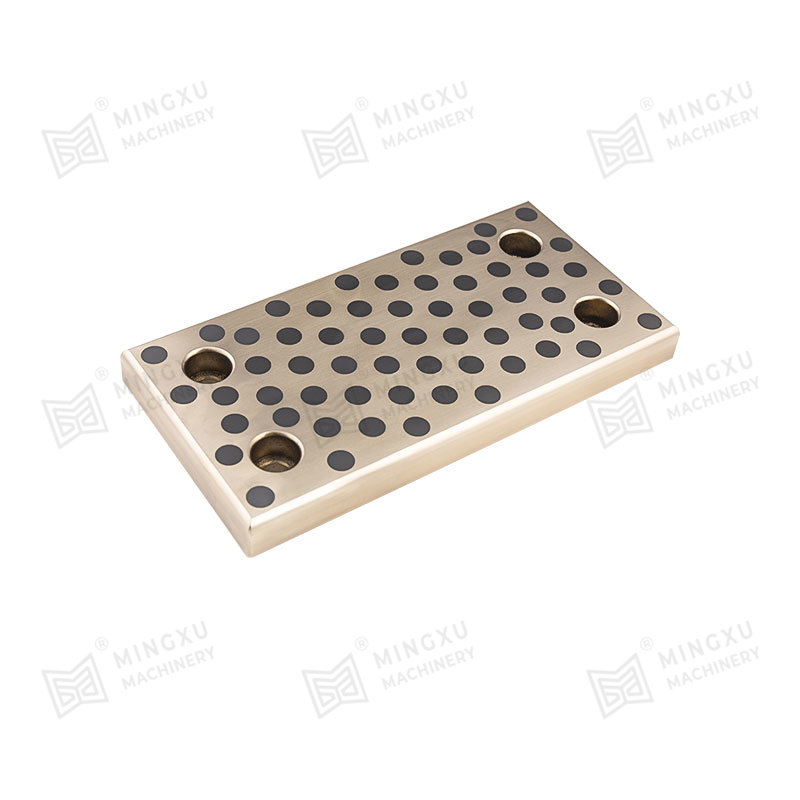
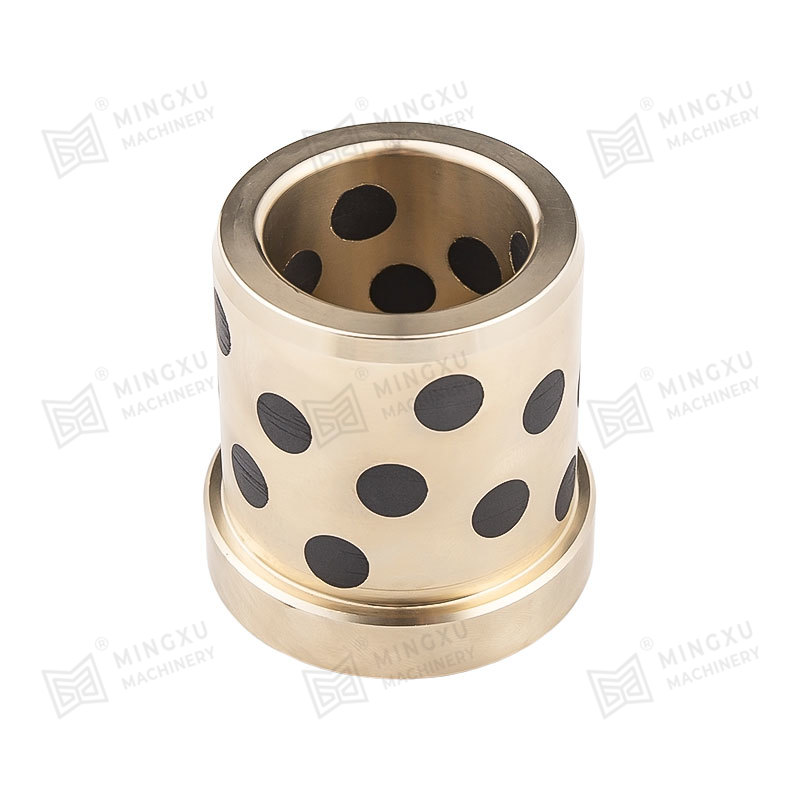
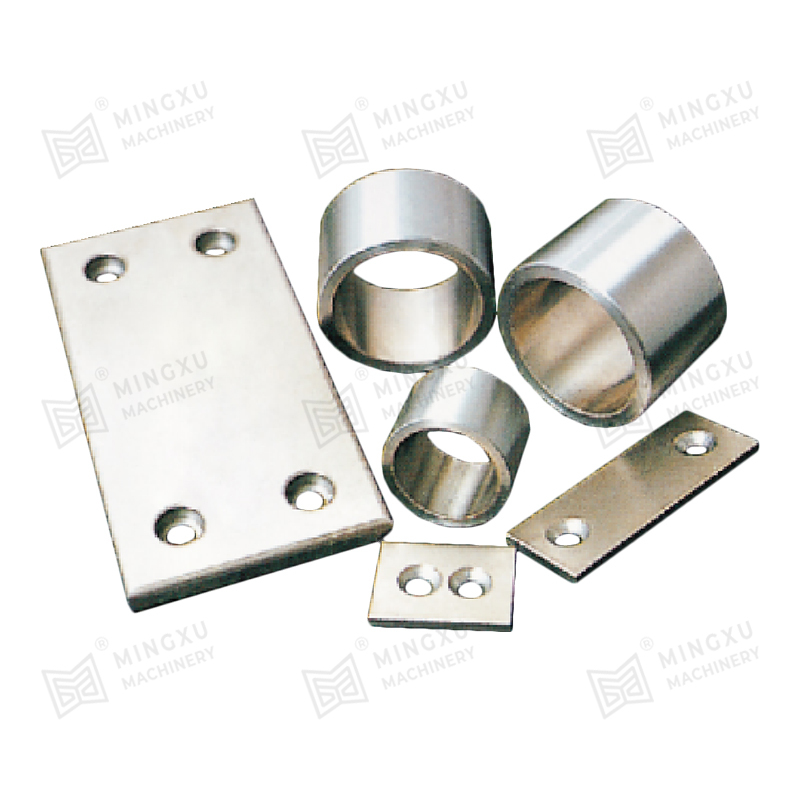
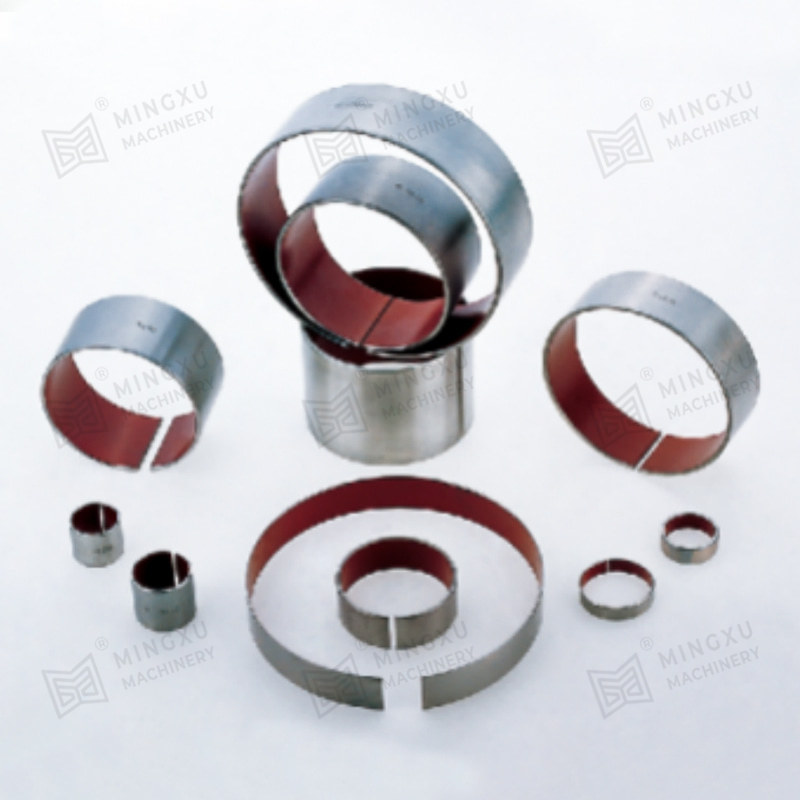
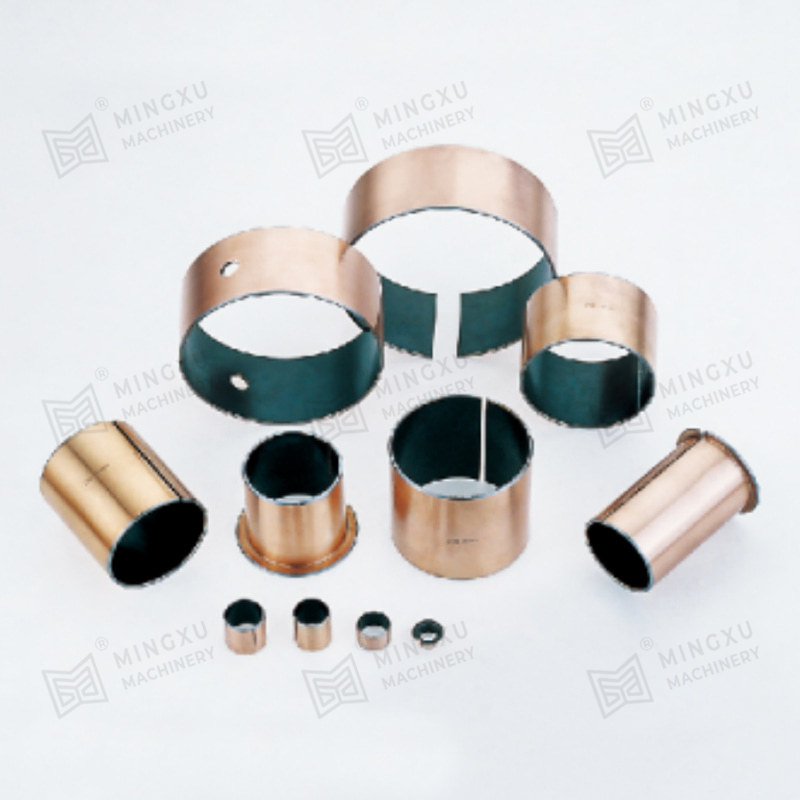






Contact Us